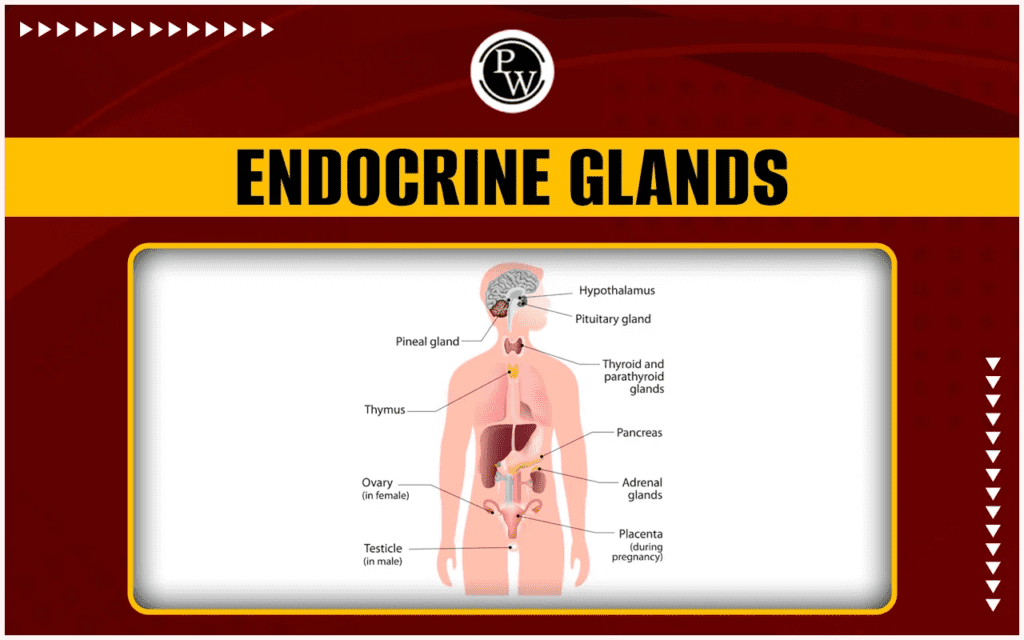Homeostasis: The Body’s Regulatory Systems
Homeostasis is a crucial concept in biology that encompasses the body’s ability to maintain stable internal conditions despite external fluctuations. This delicate balance is achieved through the coordination of various regulatory systems that work together to monitor and adjust the body’s internal environment. These systems include the nervous system, endocrine system, and immune system, among others.
The nervous system plays a key role in maintaining homeostasis by detecting changes in the internal and external environment and initiating appropriate responses. For example, when the body temperature rises, sensors in the skin send signals to the brain, which then activates mechanisms to cool the body down, such as sweating. Similarly, when blood sugar levels drop, the pancreas releases insulin to help regulate glucose levels.
The endocrine system also plays a vital role in homeostasis by producing and releasing hormones that control various bodily functions. For instance, the thyroid gland secretes hormones that regulate metabolism, while the adrenal glands produce cortisol to help the body respond to stress. These hormones help the body maintain a stable internal environment despite external challenges.

The immune system is another crucial regulatory system that helps the body maintain homeostasis by detecting and responding to pathogens and foreign invaders. When the body is exposed to harmful bacteria or viruses, the immune system produces antibodies to neutralize the threat and protect against infection. This intricate defense mechanism helps the body maintain its equilibrium by warding off threats to its internal environment.
In addition to these systems, the cardiovascular system also plays a significant role in maintaining homeostasis by regulating blood pressure and ensuring the proper distribution of nutrients and oxygen throughout the body. The kidneys are responsible for filtering waste products from the blood and maintaining the body’s fluid balance, while the respiratory system helps regulate the body’s pH levels by removing carbon dioxide from the bloodstream.
Overall, homeostasis is a complex and finely-tuned process that involves the coordination of multiple regulatory systems working together to maintain the body’s internal environment. By effectively monitoring and responding to changes, these systems help ensure that the body functions optimally and remains healthy. Understanding the mechanisms behind homeostasis can help us appreciate the incredible sophistication of the human body and the remarkable ways in which it maintains its equilibrium.





